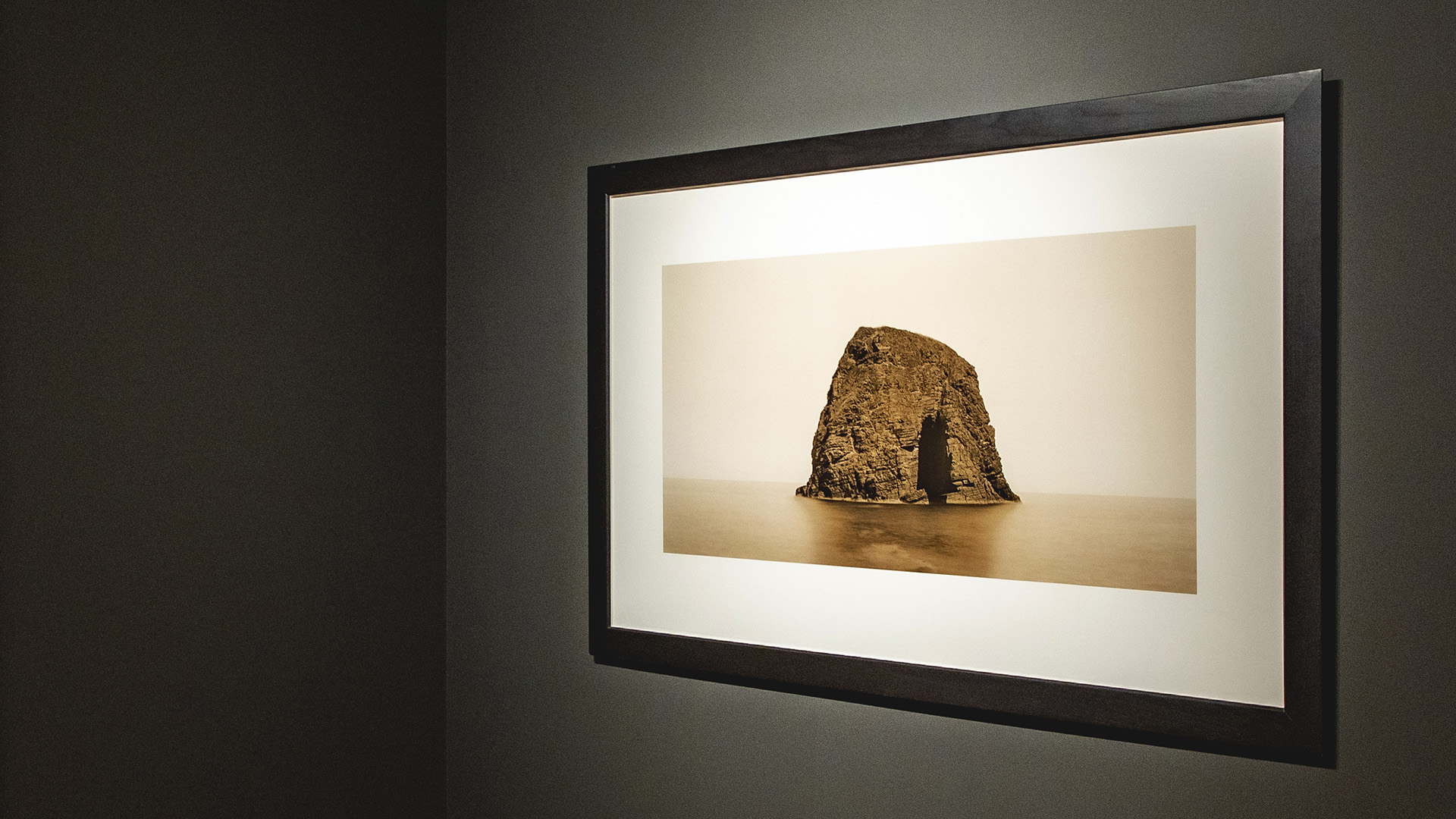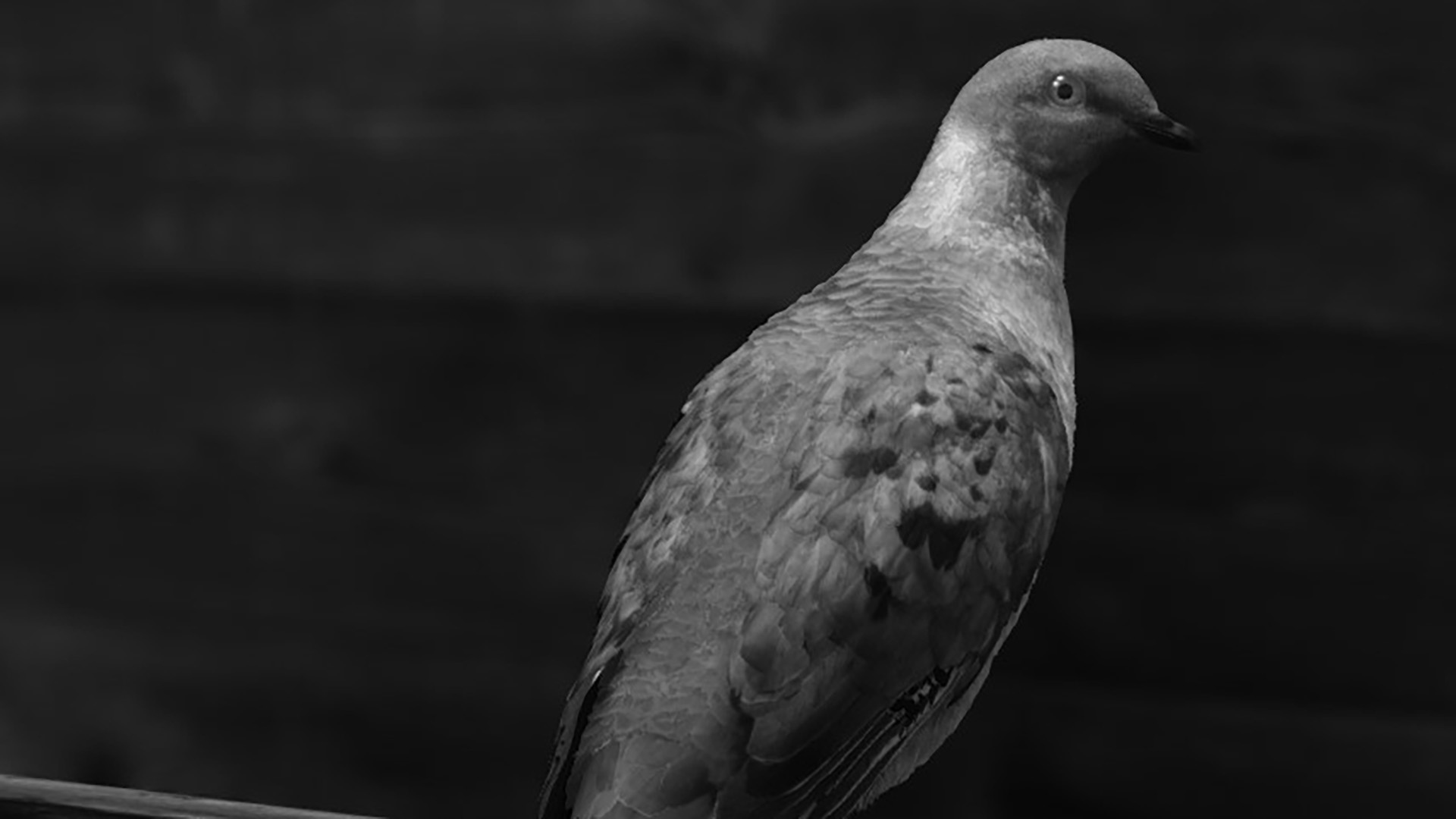Blog
An Attempt To Recall And Revive: With John Gerrard On Endling (Martha)
7 December 2021 Tue
Naz Cuguoğlu had a conversation with John Gerrard about his piece Endling (Martha) commissioned by Borusan Contemporary and his latest projects.
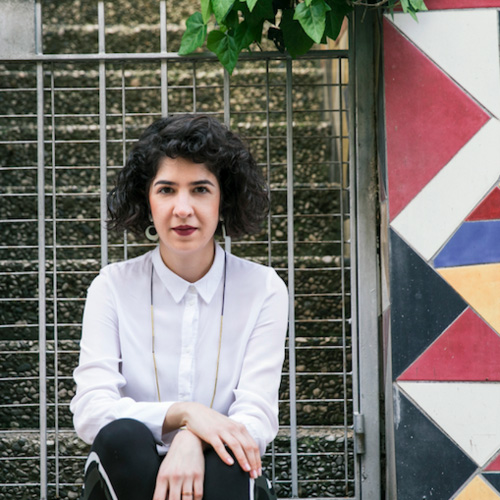
NAZ CUGUOĞLU
nazcuguoglu@gmail.com
In the introduction to the project titled Endling (Martha) by John Gerrard, there is a quote by Samuel Butler’s novel Erewhon (1872), which touches upon the question of consciousness when it comes to machines, and its similarities to how humans approach animals. While we have been domesticating, taking advantage of, and consuming our nonhuman allies for centuries, Gerrard defines Martha as “a hybrid form, a data object in dialogue with photography, history and ecology.” Keeping in mind that history is subjective, constructed, man-made, and photography is sensitive to power hierarchies (by creating a structure between subject and object), I posed my questions to Gerrard to comprehend how he approaches this triangle of relations coupled with ecology and how he challenges those taken-for-granted narratives, turn them on their heads, and suggest a fresh narrative by keeping his own vulnerabilities present.
How did you get interested in the story of Martha, the “endling” of the eight to ten billion American passenger pigeons, who died in 1914?
Good question! I believe it was through a historic picture of the bird called Martha online. But it was really the word “endling” that drew me to make the piece. I felt it needed to be wider known. That and a deep sadness in the pictures somehow… I cannot put my finger on it exactly and it is likely a projection on my part but the historic images of Martha all have a specific lonely quality I was interested in.

John Gerrard, Endling (Martha), 2020.
The piece is a simulation based upon historic photographs of the bird. Can you tell us about your process of making this piece and how you make this “trans-historical collage”?
It began by collecting as many pictures of both Martha and the cage in which she lived from both online and historical sources. These went into a production methodology and in time were sent to modellors who remade the cage and bird as virtual models. This is a very collaborative process and we sent back and forth the models over several months until we found a good basis for the work. We also worked with the Smithsonian who shared a 3D photo scan of the stuffed body of Martha, which is in the collection – which helped decipher her distinct feather markings on her back and which were integrated into the portrait of the bird in the final work. Eventually the entire model was placed into a game engine and programmed so that the light would change over the cage on Cincinnati time.
There is choreography of the eye in which Martha fixes the viewer with an uncanny gaze. How much of this moment did you imagine, and how much of it is based on the historical photograph? Instead of anthropocene (human-centered perspective), this is also an invitation to think about Haraway’s chthulucene; how we can think about becoming-with our non-human allies, and Staying with the Trouble. Installed on a free-floating sculptural screen with the bird at life size and at eye height, this piece invites the viewer to empathy. Can you tell us more about these decisions?
From my research I noticed that the passenger pigeons, of whom there are pictures and indeed suspected pictures of Martha herself, always kept one “wary” eye on the camera. I guess the birds were nervous of the intrusion of the photographer and the camera itself. This observation grew into a central language of the work in which Martha would always keep the public in her eye… And by extension to ask the question with that look: “I am an Endling – who are you?” As part of the modeling for the work we built a realistic 3D birds eye, which allows the iris to contract and expand when the virtual camera in the work comes into view. The bird looks at it and as such focuses upon it, which gives a strange and uncanny feeling in a virtual work. We called this element a choreography of the iris. Regarding Haraway – it is a very rich and interesting linkage to mention Staying with the Trouble, thank you – I agree that the work attempts to move the public by recalling and reviving a lost entity, and to “address you” very directly and unflinchingly – not in a final way but also in the sense of what is to be done. How do we slow the parade of endlings that the world faces and when indeed might one of us stare into the world as an endling ourselves? In the end the work presents a hybrid – I would go so far as to say a kind of shamanic hybrid – of human and bird. Human because the simulation was made by a human, and it is then bird like on the basis of the portrait of Martha. We install her as close to life size as possible and then allow the work to flux and live in that hybrid, ambiguous space between human and animal.
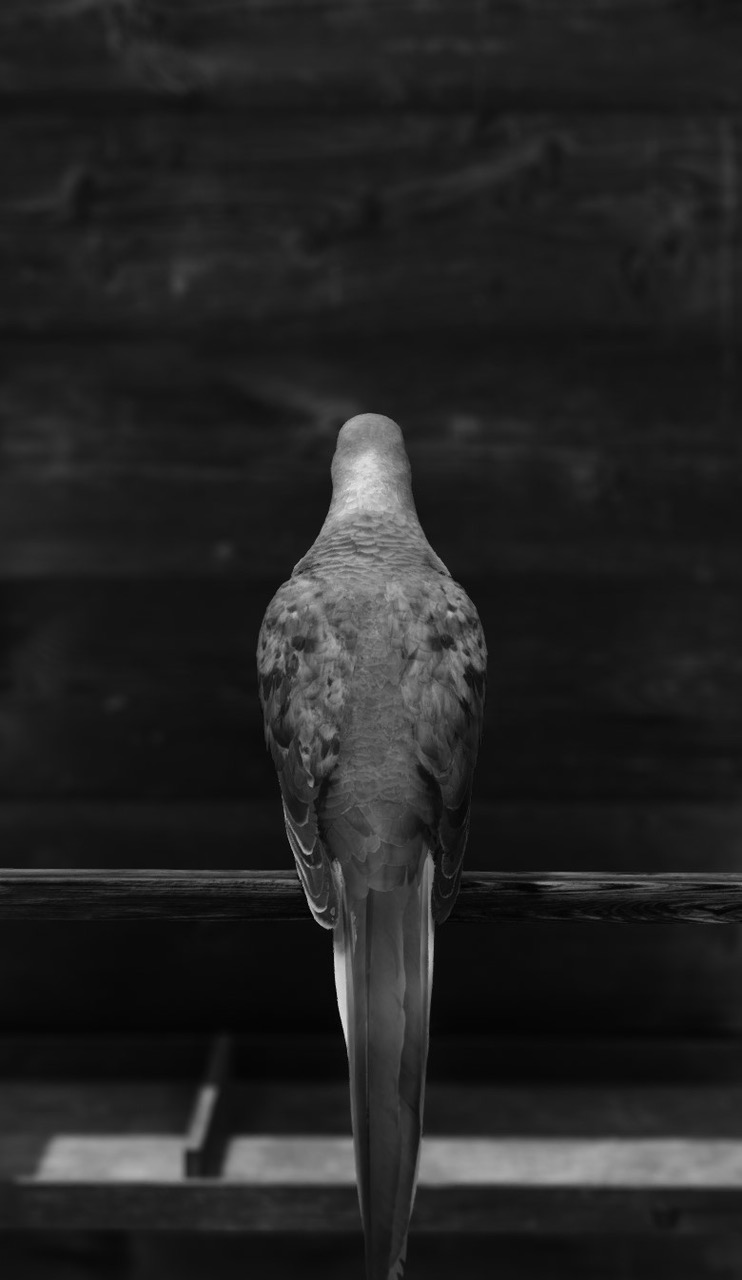
John Gerrard, Endling (Martha), 2020.
Because you construct this image from a historical photograph, I have been thinking a lot about Haraway’s term “speculative fabulation” as well. What is the role of speculative fiction in imagining alternative world building at the edge of extinction?
I am not deeply experienced in the work of Haraway so cannot respond directly to the linkage to speculative fabulation, however I think it is interesting that one of the very first speculative realism shows called The Real Thing and curated by Robin MacKay at Tate Britain in 2010 showed a work of mine called Lufkin. The show explored“the emerging philosophical paradigm of Speculative Realism and its impact on contemporary art practice.” 1 In this light there is a lineage to linking my work in simulation with emerging histories of speculative realism and also I would think fiction as well – as increasingly I augment the virtual scenes to include imagined scenes such as a smoke flag (see Western Flag).
In your recent work you have been exploring an expanded arena of choreography and performance, and this piece echoes those interests — both from the perspective of Martha and the viewer. How does exhaustion play a role in the virtual world you construct?
This is a very interesting observation and question and in response, I would direct attention to my long-standing interest in subjects of power, and by extension subjects of energy. To exist my simulations must be executed and for that to happen electrical power is needed. Thus these scenes are energetic scenes in many senses. Add to that the great predation on the passenger pigeons was toward human fuel to build the major cities of the East coast of the US – Boston, New York, Philadelphia. It is now largely forgotten but barrels of passenger pigeons in their millions were sent in from the woodlands to feed the workers as those cities were built in particular in the 18th and 19th centuries. And it was this deep mass predation on the birds, along with the chopping down of the east coast woods depriving them of food that resulted in population collapse and eventual extinction. So somehow the great modernity of East coast US cities emerged from this exhaustion of this vast life form – the passenger pigeon, which was believed at that time to be the most numerous bird on earth with circa 10 billion individuals living at the start of the 1800's. When one looks at the root of the word animation one finds the word anim, which in Latin means spirit or soul. I am moved and fascinated that these great modern cities emerged from the anim or spirits of this vast lost indigenous bird population and feel that these stories must be told and remembered.
Pigeons are an important part of the life in Istanbul; did you visit Istanbul while working on this piece, how did the city and the location of Borusan Contemporary by Bosporus inspire you?
Borusan Contemporary is the commissioner of the work for which I am deeply grateful. As it happens the work is really a stand-alone response to the wider world and in particular the emergence the “new world” of the US in all its violence and spectacle. There is not so much of Istanbul within it.
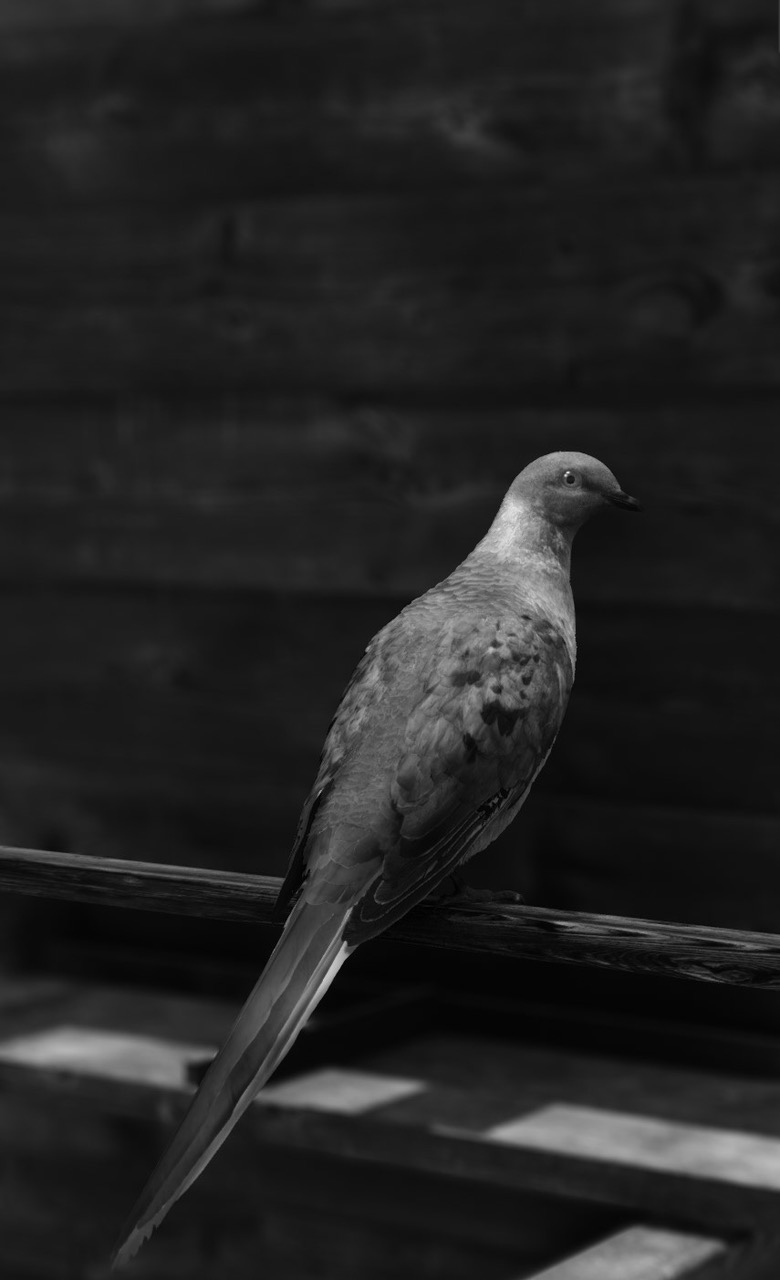
John Gerrard, Endling (Martha), 2020.
What are you working on these days? You recently released NFT, coinciding with the debut of your emergency Ethereum cryptofund focusing on soil restoration. Can you tell us more about your interest in this new technology and how you vision the risks of NFT for the ecological world and possible precautions to be aware of?
I am working toward my debut show at Pace in New York opening June 2022 and showing three new works: a new piece titled Flare, which is an alarm for the heating ocean. Another new piece called Stream, which is a flag performed by consumption in this case driving cars and finally Endling. In regard to NFTs, I am absolutely astonished by the volume and speed of digital creativity that the NFT structure is allowing to emerge. In truth over the last years I have looked at events in the contemporary fine art world – gallery shows, museum shows, biennials, art fairs and thought … where is modernity here? These great collections of paintings, more paintings, fabric, ceramics whatever – many interesting but really, where are contemporary digital conditions here? Missing, profoundly missing. NFT spaces are changing this at warp speed, allowing digital and algorithmic creators both an outlet and a distribution model for their creativity. I celebrate this hugely. In terms of ecology, the current Ethereum blockchain is too energy intensive and for that reason I have not released any further NFT on that chain post my single Western Flag (NFT), which I released in March 2020 and which was recently donated to Los Angeles County Museum of Art. My fund titled regenerate.farm is a work in progress funded by NFT sales on low energy chains like Tezos, which have still to occur. Check back after the Pace show in NYC next summer and I will have more news on all that.
Thank you
JG
ABOUT THE WRITER
Naz Cuguoğlu is a curator and art writer, based in San Francisco and Istanbul. She is the co-founder of Collective Çukurcuma. She held various positions at KADIST, The Wattis Institute, de Young Museum, SFMOMA Public Knowledge, Joan Mitchell Foundation, Zilberman Gallery, Maumau Art Residency, and Mixer. Her writings have been featured in SFMOMA Open Space, Art Asia Pacific, Hyperallergic, Nka: Journal of Contemporary African Art, M-est.org, and elsewhere. She received her BA in Psychology and MA in Social Psychology, both from Koç University, and another MA from California College of the Arts’ Curatorial Practice program. She has curated exhibitions internationally, at institutions such as the Wattis Institute (San Francisco), 15th Istanbul Biennial Public Program, Framer Framed (Amsterdam), Kunstraum Leipzig, Red Bull Art Around Istanbul, 5533 among many others. She co-edited three books: After Alexandria, the Flood (2015); Between Places (2016); and The Word for World is Forest (2020).

